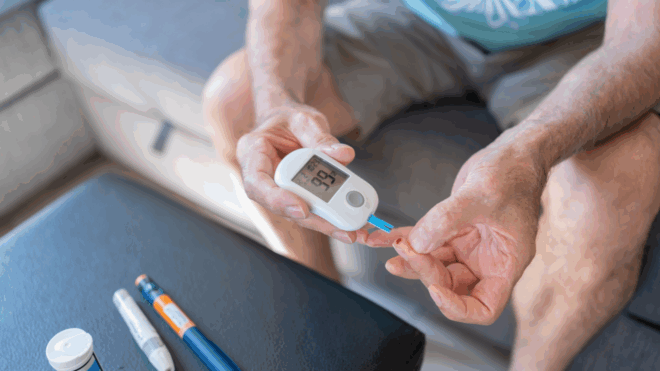“Tea is more than an idealization of the form of drinking; it is a religion of the art of life.” – Kakuzo Okakura
Recently, I came across a GQ Magazine interview with Brad Pit in which he prepared matcha tea for himself and his interviewer. I had never heard of it, so I shrugged it off as just another Hollywood trend. But later that same day I was at a coffee shop that was selling matcha lattes, so I decided to try one. I figured if it was good enough for Brad Pitt, it was good enough for me. I was wrong. The taste was reminiscent of freshly mowed grass with warm milk poured into it — a concoction I could envision my kids making and handing to me, wide-eyed with anticipation for me to take the first luxurious fake sip. “Mmmm — tea!”
At the time, I was convinced that latte would be my first and final foray into matcha tea territory. Luckily, I did some research before I threw in the towel. As it turns out, matcha green tea may very well be a celebrity trend, but for good reason: There’s a host of health benefits of matcha, from lowered cholesterol to natural diabetes control. Nutritionist Cynthia Sass told New York Magazine that matcha is packed with beneficial antioxidants, it drastically reduces the risk of cancer, heart disease and premature aging, and is said to bring about a state of calm alertness thanks to high levels of the amino acid L-Theanine.
History Of Matcha Tea
The practice of drinking tea can be traced back to ancient China, but it quickly spread to Japan through traveling Buddhist monks. Both regions have been enjoying the benefits of matcha green tea ever since, with life expectancies to prove it. According to the World Health Organization, Japan has the longest life expectancy of any developed country, thanks to their diet and drinking habits.
Speaking of life expectancy, I expect that mine is getting shorter by the day. Having three kids in four years has left me exhausted, aging faster than I should be, with high cholesterol and low energy, so I was definitely on board with the whole zen thing. I decided to try store-bought matcha green tea powder and make it myself at home, hoping it wouldn’t taste like warm grass-milk, because let’s face it: no health benefit is worth that.
Health Benefits Of Matcha
The thick, brilliant green color of matcha powder occurs because the Camellia sinensis leaves are kept under shade during the final stages of growth. This leads to a vast increase in chlorophyll, which, according to Healthline, provides tons of health benefits, including:
- Cleansing the body of toxins and heavy metals
- Reducing inflammation
- Acting as an appetite suppressant
- Reducing overgrowth of yeast in the body
- Reducing risk of anemia
- Promoting cell regeneration, slowing the aging process
- Boosting immunity
- Balancing hormones
- Reducing the occurrence of kidney stones
Despite extensive research, I haven’t been able to find any real drawbacks to consistent use of matcha powder. There are some concerns about lead, since the matcha plant leaves can easily absorb any lead or other toxic chemicals in the soil, but purchasing a good quality powder can eliminate that concern.
Though it is more expensive and more difficult to find, it’s best to only purchase Japanese matcha tea, and if you’re wondering where to buy matcha, it’s best to purchase online from a trusted source or from a high-end grocery store to ensure you’re getting a good brand. Here’s a list of several of the best matcha tea brands:
- KENKO Matcha Green Tea Powder – Ceremonial Blend, $27, amazon.com
- Naoki Matcha Green Tea Powder – Ceremonial Blend, $23, amazon.com
- Pure Blend Superior Grade Matcha, $27, Whole Foods store
- Mighty Leaf Organic Matcha Powder, $14, worldmarket.com or in stores
How to Make Matcha
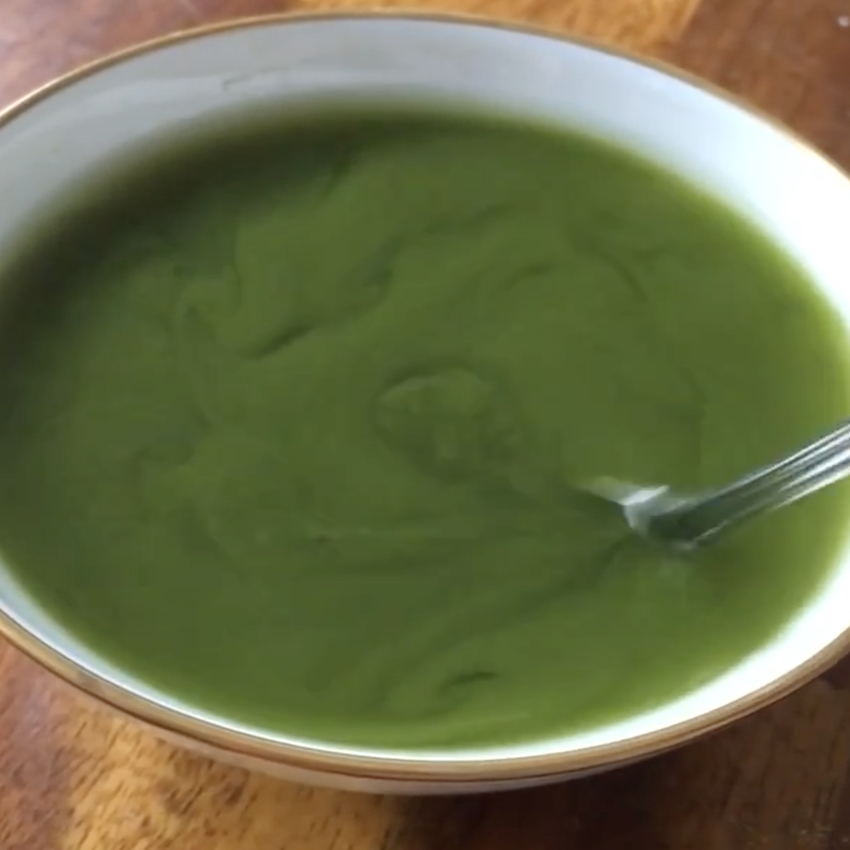
After dropping nearly $20 on a small can of green tea matcha powder, I was set to go. There’s an entire ritual centered around how to make matcha tea, which you can see in this YouTube video. It’s unbelievably zen, no doubt, but conspicuously missing are the rowdy kids, the muddy dogs and the pile of unpaid bills — needless to say, this isn’t the process I used. Below I’ve outlined how to make matcha using traditional Japanese tools like a matcha whisk and a sifter, but I’m certain you can still reap the benefits making it in a coffee mug and stirring it with a (probably dirty) spoon, like I did.
Traditional Japanese Matcha Preparation (From Ken Kano, president of Ippodo Tea's U.S. division, for Bon Appétit):
- Using a small sifter, sift 1–2 tsp green tea matcha powder into a cup.
- Add ¼ cup of nearly boiling water.
- Using a bamboo matcha whisk (or spoon—see above), whisk in a zig-zag motion until the tea is froth.
- Enjoy immediately.
Once you’ve made your tea, you can start reaping the benefits. If you want a first-hand account of introducing matcha into your routine, check below to learn about my experience drinking it for a week.
Drinking Matcha: Day 1
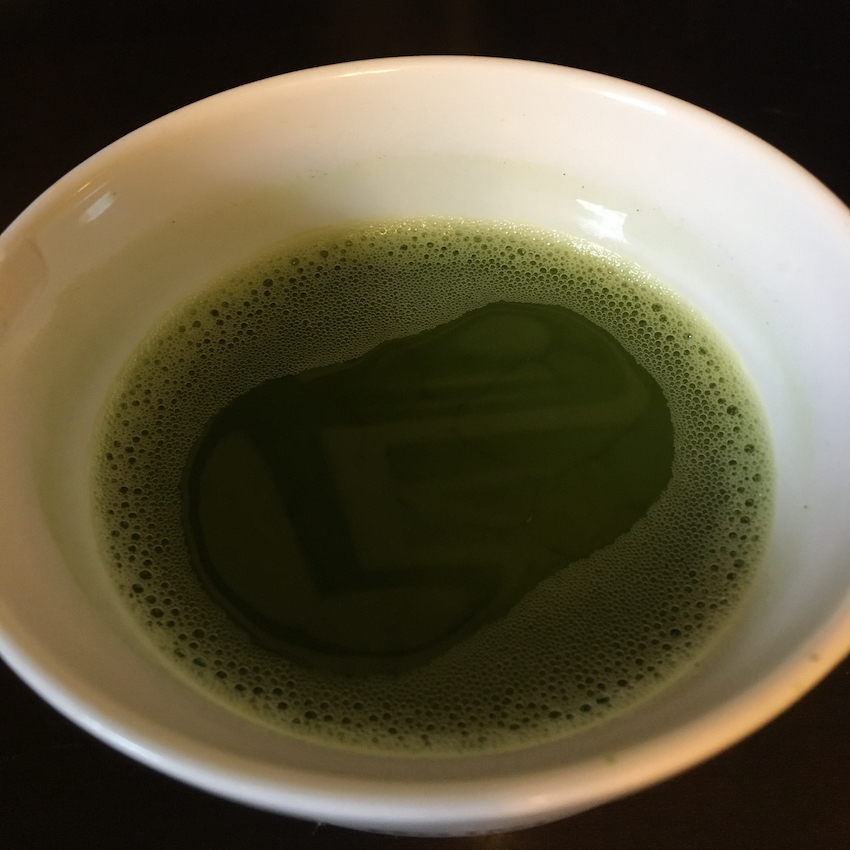
Knowing that any major matcha health benefits would only come from long-term use, I decided I would start by trying matcha tea twice a day for one week to see if it would at least help me feel more centered, mindful, and calm. On day one, I was glad to learn that without the added milk and sweetness of a latte, matcha green tea tastes much better.
It’s warm, full-bodied, and wonderfully earthy in a way that makes you feel like you’re doing something good for yourself. The bright green color holds promise in the same way spring does when it arrives, and I love the way the powder swirls, folds and tumbles for several moments after you stir — almost as if it’s alive. As silly as it sounds, if you take the time to notice, preparing Japanese matcha tea truly is a zen moment. And we all need more of those.
Drinking Matcha: Day 2
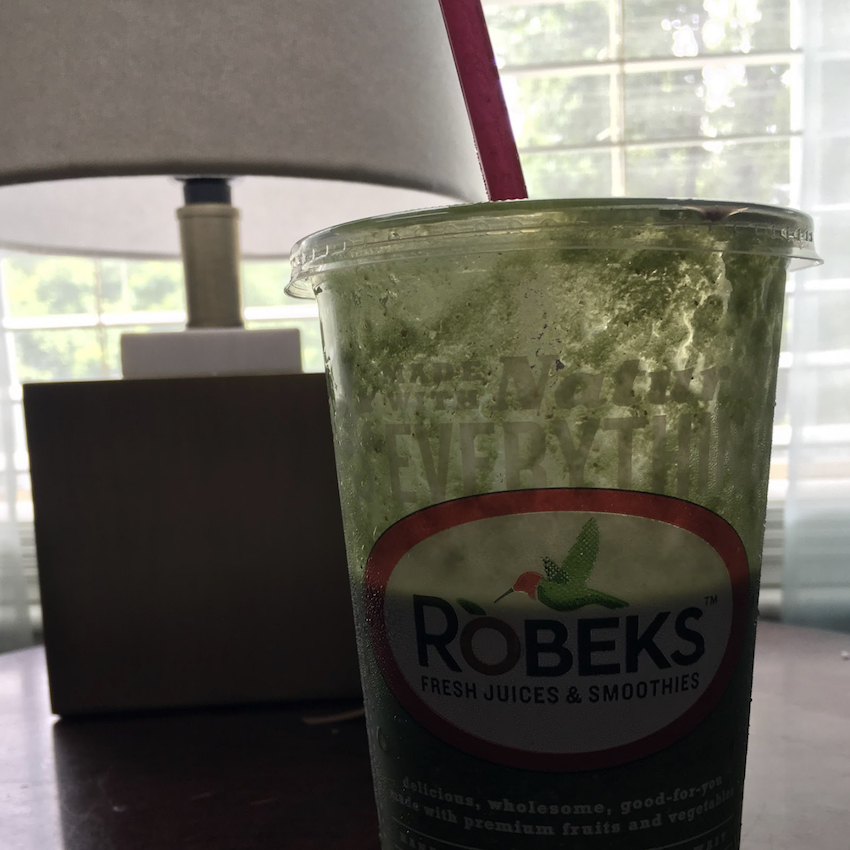
On the second day, in addition to my morning cup of matcha tea at home, I decided to try a matcha smoothie from Robeks called “Hero’s Garden.” It’s got matcha powder in it, of course, but it’s also got lots of other superfoods too, like spinach and spirulina. I found this to be a fun way to mix things up; of course, it did contain sugar, but overall it seemed like a healthy smoothie with a heavy dose of green tea matcha, and it had the earthy matcha tea taste. Although I did feel reasonably energetic all day, I didn't notice any major changes stemming from my third and fourth doses of matcha green tea.
Drinking Matcha: Day 3
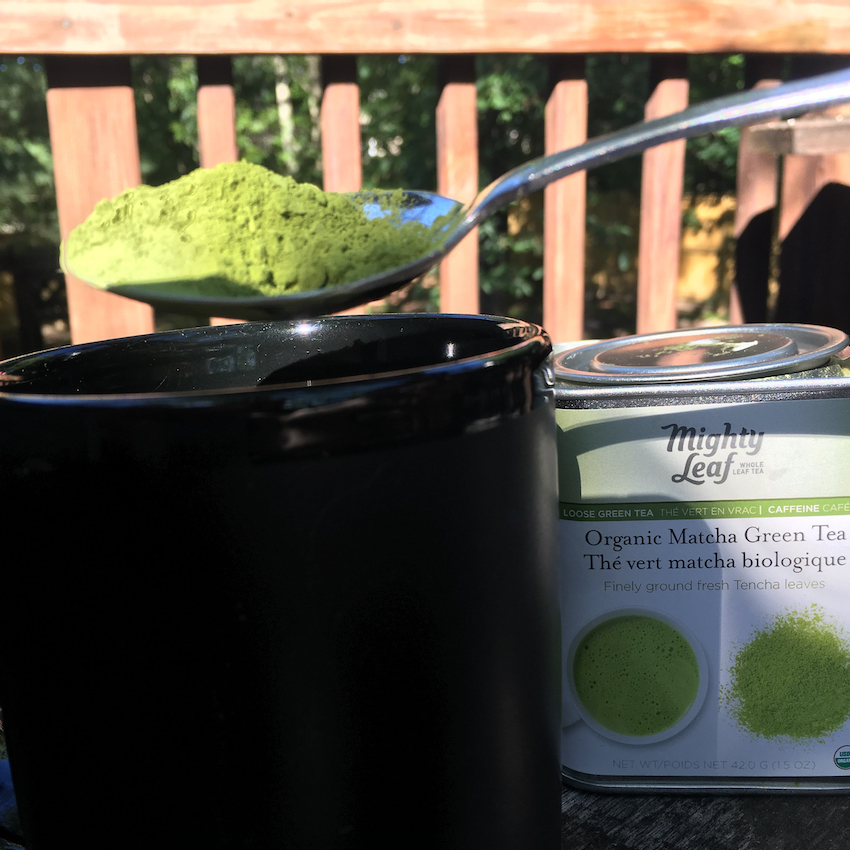
Despite drinking organic matcha tea brewed at home twice, I was super moody and tired all day. The calming, mood-enhancing benefits of matcha didn’t seem to be working for me at all. However, one of the matcha side effects was working: the appetite suppressant. I’m typically a “grazer,” eating small snacks throughout the day. But beginning around day three, I felt almost no need for snacks outside of mealtime. Oddly, this effect tapered off a bit over the next day or two, so if you’re using matcha tea for weight loss, this is something to keep in mind.
Drinking Matcha: Day 4
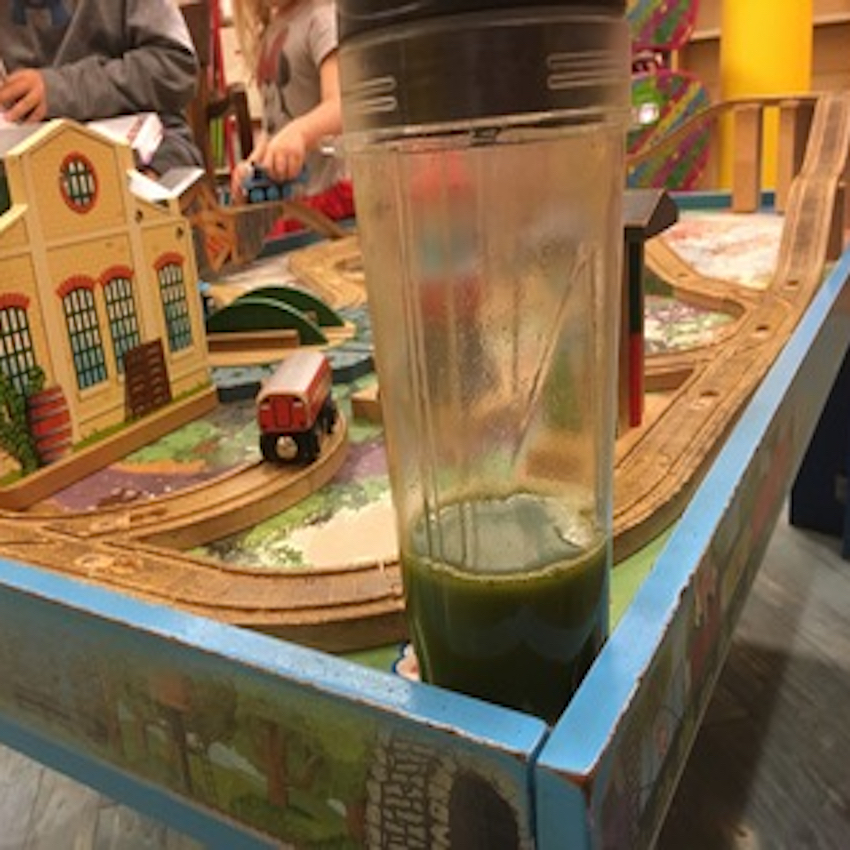
On day four, the fatigue was even worse than the day before, and I realized that it was actually the tea that was making me tired. Each time I drank it, it seemed to induce a sleepiness so dramatic that I could hardly function. I felt frustrated and nearly gave up on this experiment. How would I get through several more days in a near-catatonic state? And if matcha tea contains caffeine (70 milligrams, or nearly as much as a cup of coffee, according to Bloomberg), why was it making me so tired?
Drinking Matcha: Day 5
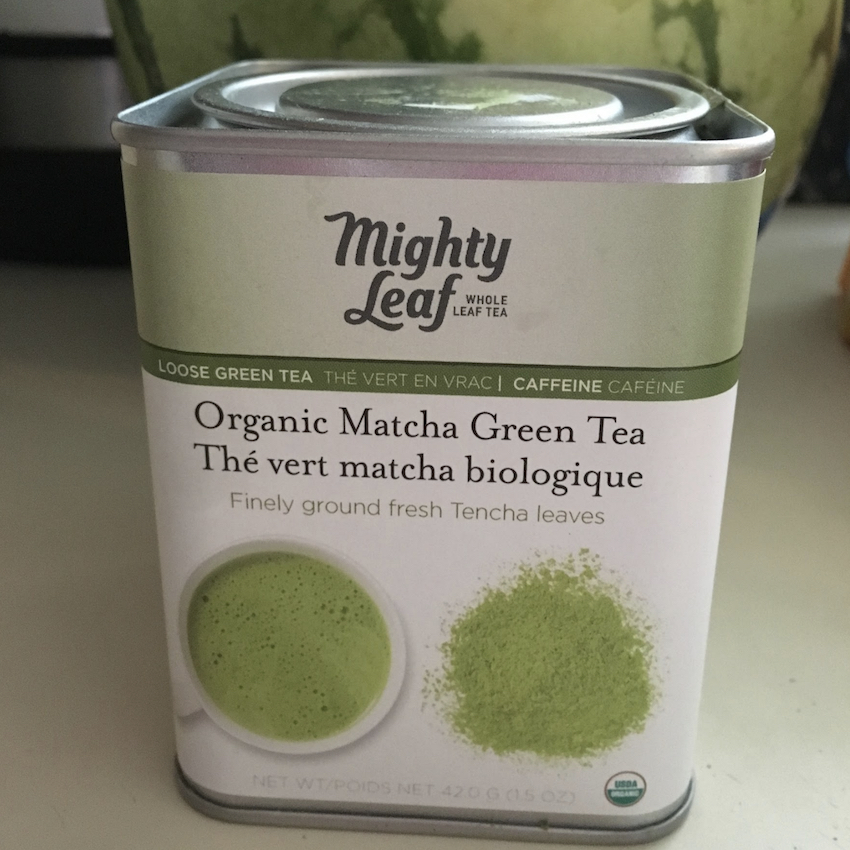
As the saying goes, “Fool me once, shame on you. Fool me twice, shame on me.” I wasn’t going to be matcha’s fool today. On day five, I changed up my game and drank matcha tea at night before bed. If it’s going to make me tired, I figured, may as well drink it at night. Needless to say, I slept amazing.
Drinking Matcha: Day 6
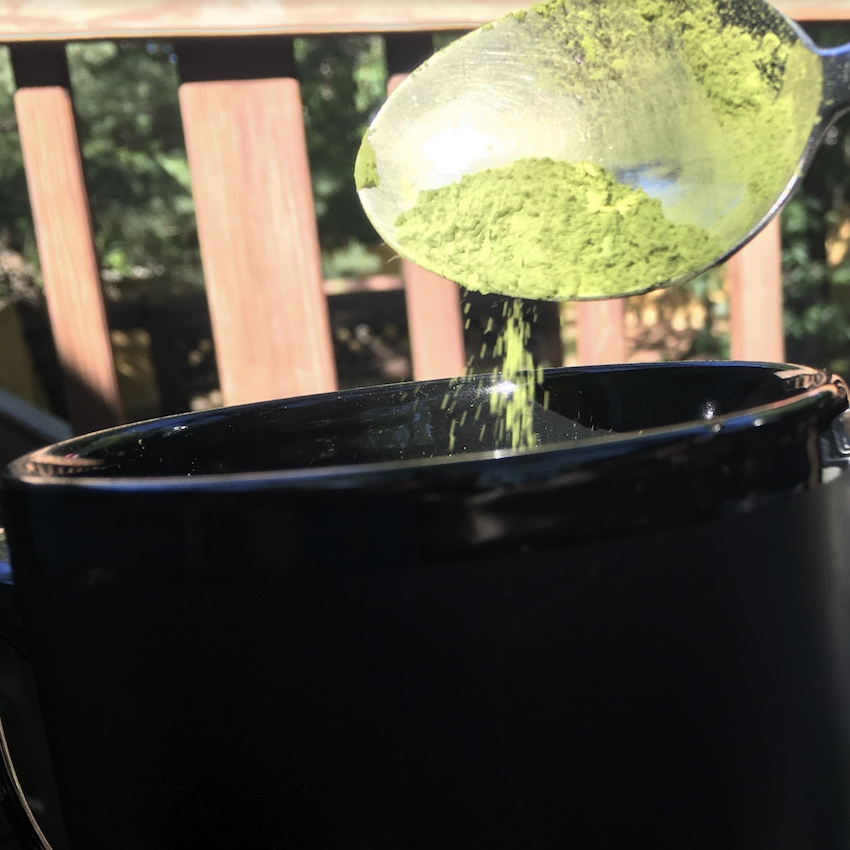
On the sixth day, I went back to drinking matcha twice during the day, because this is a habit I’d like to incorporate into my life long term, so I was eager to find out if the fatigue was just a bump in the road. Maybe it was my body’s reaction to matcha’s cleansing abilities (and no, I don’t mean that way)? Regardless, day six was the first day that I began to notice some positive matcha benefits, and they have continued. It relaxes me, makes me less anxious and more focused. My house is cleaner than it has been in — well — forever, and it’s not just because I have noticeably more energy. To me it feels more like a craving for order that’s driving me to keep my space more orderly. The sleepy fog seems more like a zen calm now.
Drinking Matcha: Day 7
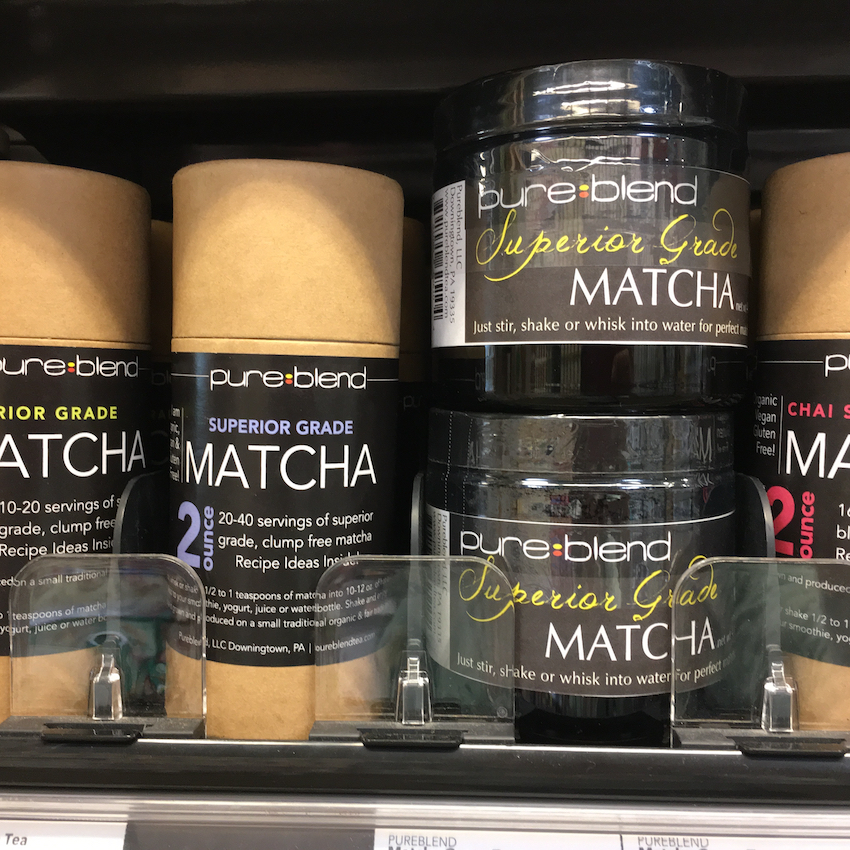
On this final day, I find myself actually craving the tea, and I’m considering going to three cups a day. That may seem like a lot until you learn that many Japanese people consume several cups of matcha tea daily, and use it in a wide variety of foods as well.
My Review Of Matcha
I’m so glad I decided to try matcha tea, and I definitely plan to make it a part of my lifestyle from now on. The health benefits of matcha can’t be beat, the drawbacks are very minor, and the matcha side effects have been nothing but positive. I’ll definitely be making a place in my grocery budget for matcha green tea powder. But the matcha latte? Not so matcha…
If you are planning to incorporate matcha tea into your healthy diet and lifestyle, please SHARE this article with everyone who could use a health boost!



